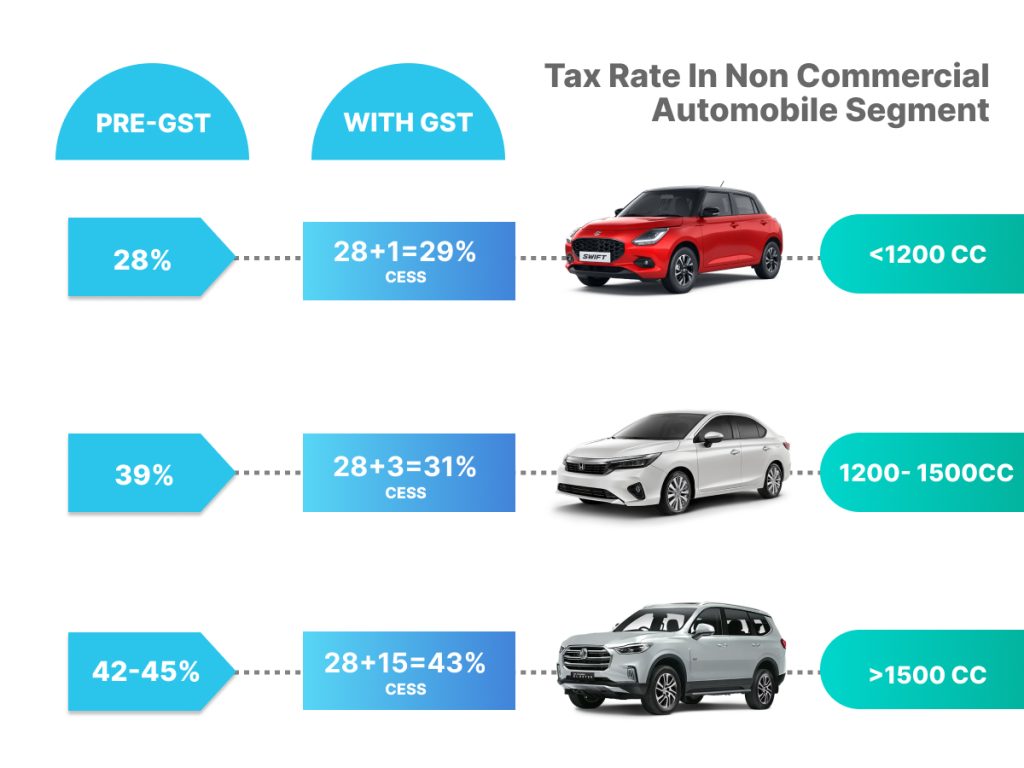

**The Reduction in Costs of Pre-Owned Imported Vehicles: An Examination**
In recent times, the automotive industry has observed a significant pattern: the reduction in costs of pre-owned imported vehicles. This occurrence is fueled by a combination of factors, including economic variations, shifts in buyer preferences, and improvements in technology. Grasping these elements sheds light on the present condition and upcoming direction of the pre-owned car sector.
**Economic Factors**
One of the key contributors to the reduction in costs of pre-owned imported vehicles is economic variation. Worldwide economic circumstances, such as currency fluctuations and trade regulations, markedly influence the price of vehicle imports. A robust domestic currency can render imports more affordable, while advantageous trade agreements can lessen tariffs and fees, decreasing the overall expense of imported vehicles.
Moreover, economic downturns or recessions may result in diminished consumer purchasing power, encouraging sellers to lower prices to boost demand. During such times, consumers may focus on necessary outlays over luxury purchases, such as vehicles, resulting in an excess of pre-owned cars available in the market and subsequently lowering prices.
**Changes in Buyer Preferences**
Buyer preferences have also shifted, affecting the appetite for pre-owned imported vehicles. There is an increasing trend towards eco-friendly and fuel-efficient types of vehicles, including electric and hybrid models. Consequently, conventional gasoline-powered imported cars may experience a drop in popularity, contributing to falling prices.
Additionally, the emergence of car-sharing services and the growing acceptance of public transport in urban settings have diminished the need for personal vehicle ownership. This change has led to a reduction in the demand for pre-owned cars, further influencing their market value.
**Progress in Technology**
Technological progress within the automotive sector has significantly influenced the depreciation of pre-owned imported vehicle prices. Contemporary vehicles come equipped with state-of-the-art safety features, connectivity capabilities, and enhanced fuel efficiency, rendering older models less desirable. As new technologies become commonplace, the perceived worth of older imported vehicles declines, resulting in a fall in their market costs.
Furthermore, the swift pace of technological advancement implies that cars become outdated more rapidly than in the past. This expedited obsolescence impacts the resale value of pre-owned vehicles, as buyers may prefer to invest in newer models with the latest innovations.
**Effect of Supply Chain Changes**
Recent global supply chain disruptions have also impacted the pre-owned vehicle market. Although these disruptions initially caused a scarcity of new vehicles, driving some consumers towards the pre-owned market, the subsequent stabilization and rise in new vehicle production have alleviated the demand for pre-owned cars. As inventories of new cars are restored, the pressure on the prices of pre-owned vehicles has lessened, contributing to their decline.
**Final Thoughts**
The reduction in costs of pre-owned imported vehicles is a complex issue influenced by economic factors, buyer behavior, technological advancements, and supply chain aspects. As these influences continue to develop, the pre-owned vehicle market is likely to face additional transformations. For consumers, this trend offers an opportunity to obtain imported vehicles at lower prices, while sellers may need to modify their approaches to stay competitive in an evolving market environment. Comprehending these dynamics is essential for stakeholders in the automotive sector as they manage the challenges of the global marketplace.






